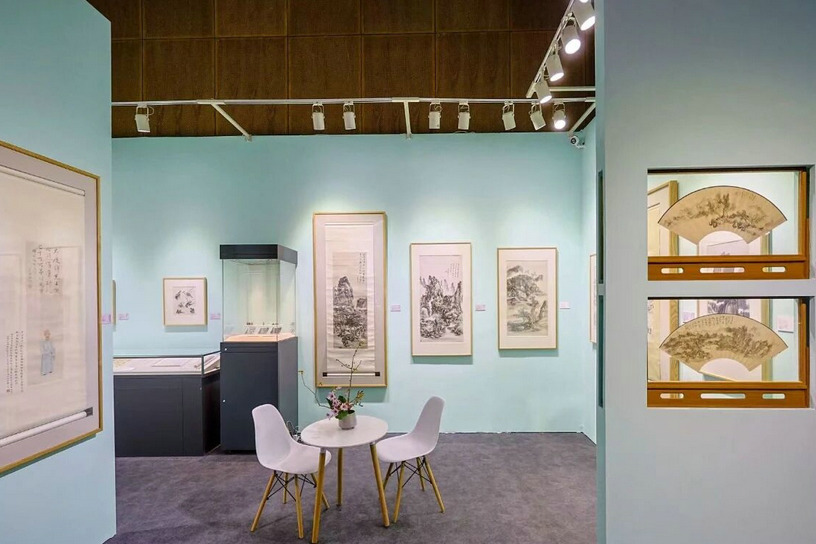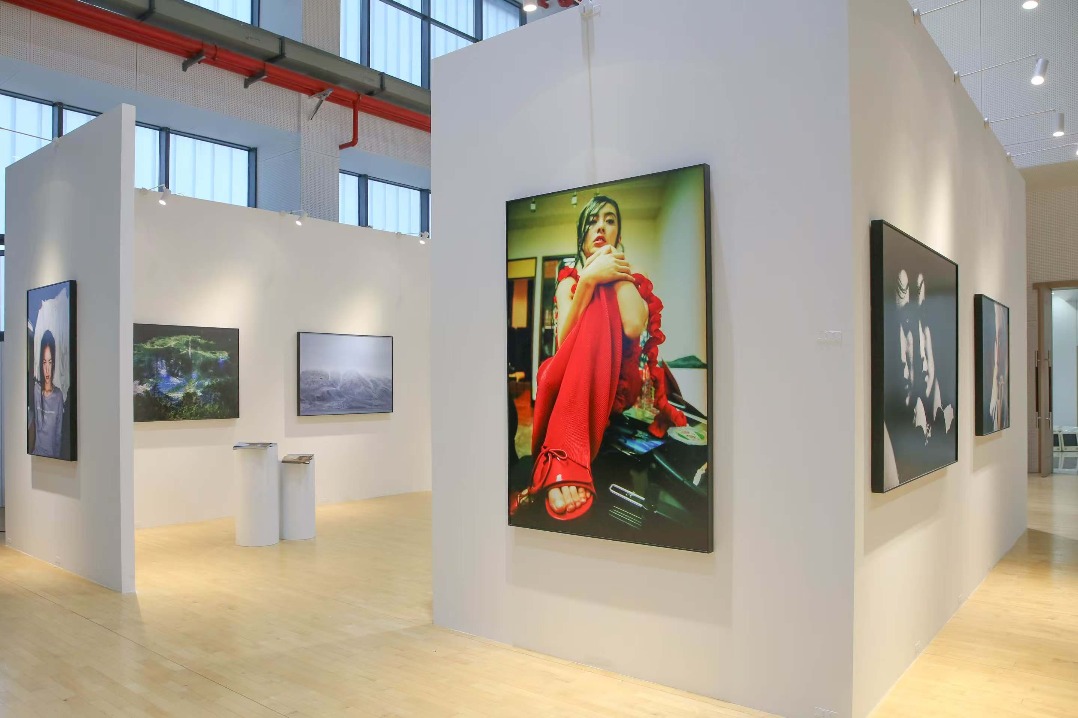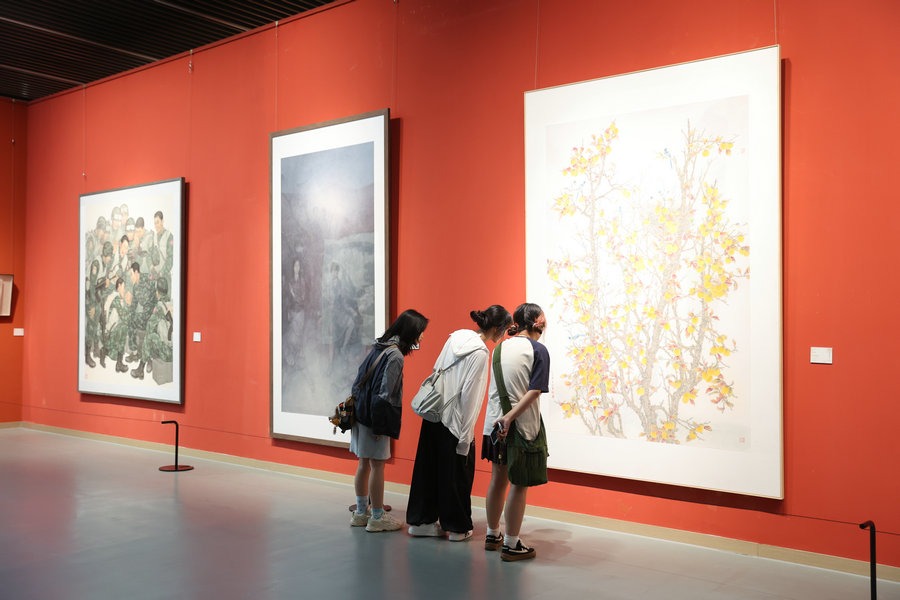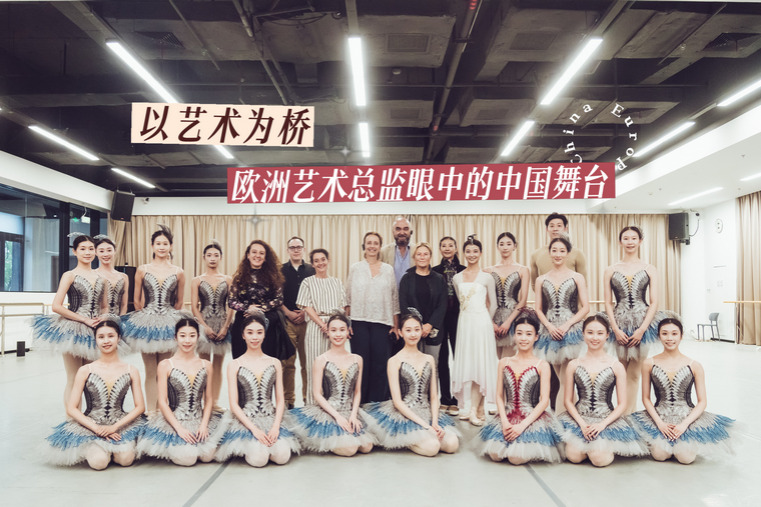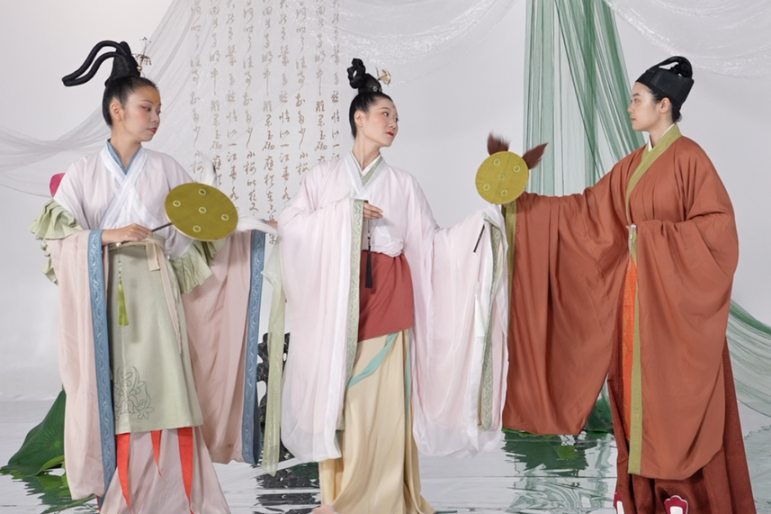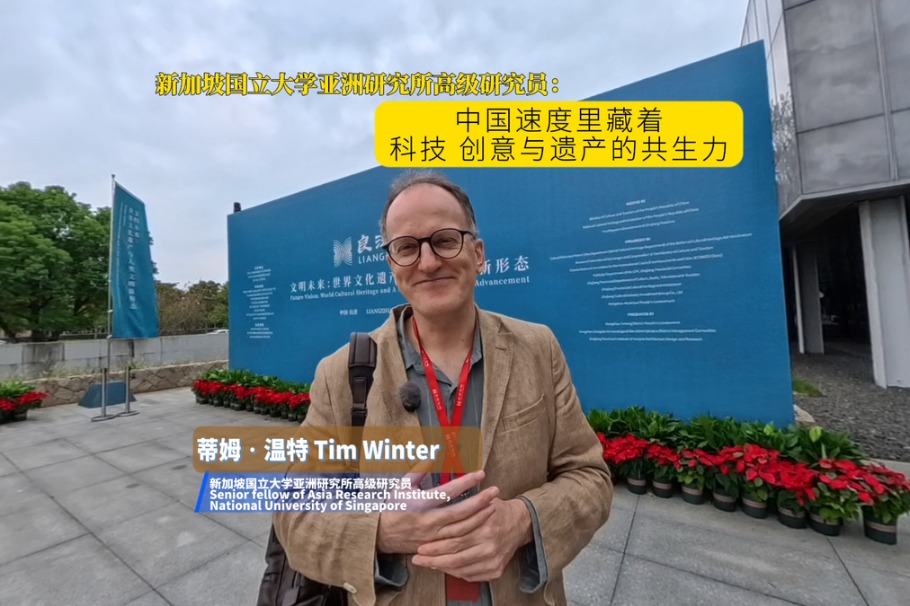Journey of lacquerware through dynasties
Exhibition traces thousands of years of artistry, from craftsmanship and global influence to modern restoration, report Xu Lin and Liu Kun in Wuhan.

The Hubei Provincial Museum has been committed to the conservation and restoration of excavated lacquerware since the 1970s, as the province is known for its large number of unearthed lacquer objects.
In 1988, Chen Zhongxing, who later became the museum's director, invented a pioneering method to use glyoxal as an agent to dehydrate, reinforce, and stabilize waterlogged wooden lacquerware.
"The unearthed wooden lacquer objects are often waterlogged, and they're like a fragile house. The glyoxal works by carefully displacing water and getting inside the object. Once in place, the glyoxal forms a robust internal scaffold for the 'house', preventing the delicate wood from shrinking or warping as it dries," says Gong Xiangwei, a restorer at the provincial museum.
He has participated in the restoration of some of the exhibited artifacts. According to him, the repair cycle of excavated lacquerware usually takes years, and depends on the extent of damage and the size of the object.
"The decorative patterns are often repetitive or in groups, but sometimes only half remain on the excavated items. Based on that, you also need to refer to motifs of similar shapes from the same era and hand-paint the missing patterns. It is challenging to ensure the brushstrokes and lines are harmonious with the original surviving decorations," he says.
He explains that after being buried for millennia before excavation, the color of lacquerware differs from that of modern reproductions, even when the same mineral pigments mixed with natural lacquer are applied.
"Therefore, we have to skillfully mix colors and then age the newly restored sections by reducing their sheen to match the original artifact, based on our professional experience."
In 2005, a key scientific research base for the conservation of unearthed wooden lacquerware was established under the National Cultural Heritage Administration, with the auspices of the provincial museum and Jingzhou Cultural Heritage Conservation Center.
To showcase the base's research and restoration achievements over the years, the provincial museum hosted an international academic symposium on the conservation of unearthed lacquerware, when the ongoing exhibition opened.
The base unveiled its five-year development plan between 2026 and 2030, detailing its tasks of deepening the understanding of lacquerware's scientific value, improving the disease assessment system, optimizing conservation technologies, and enhancing restoration techniques and materials.



















